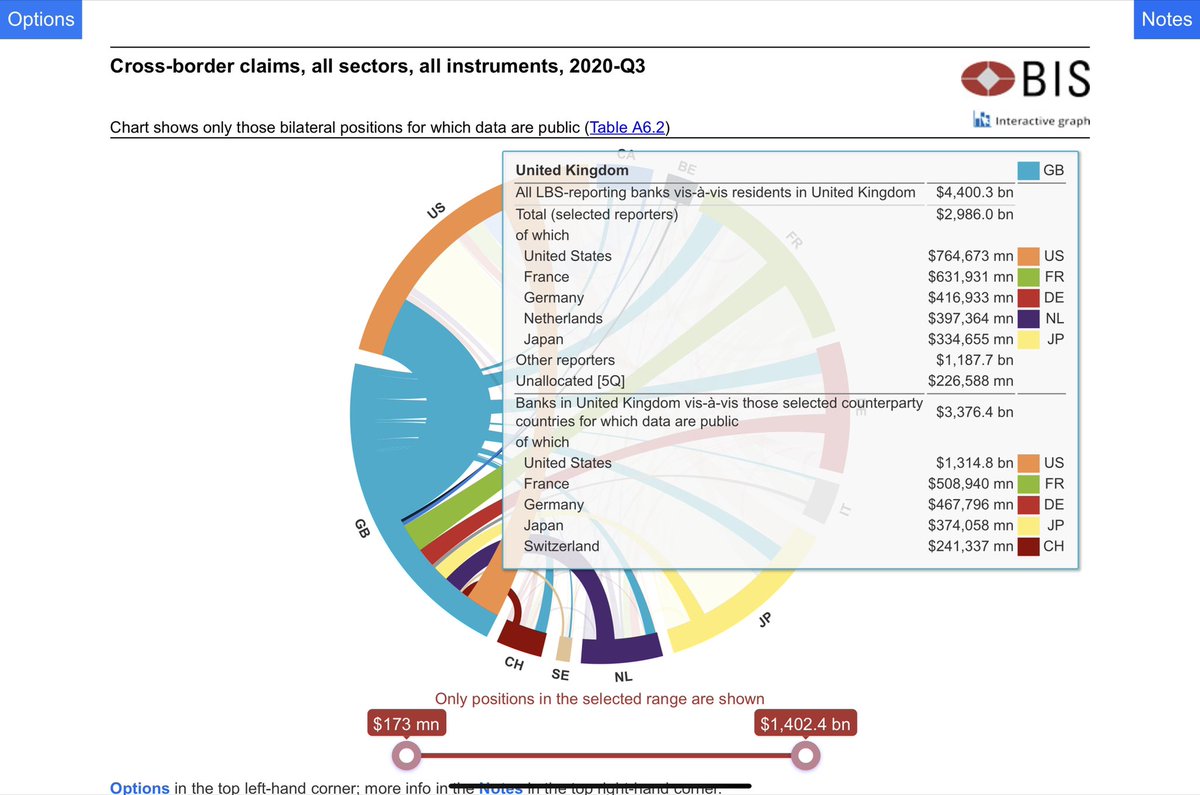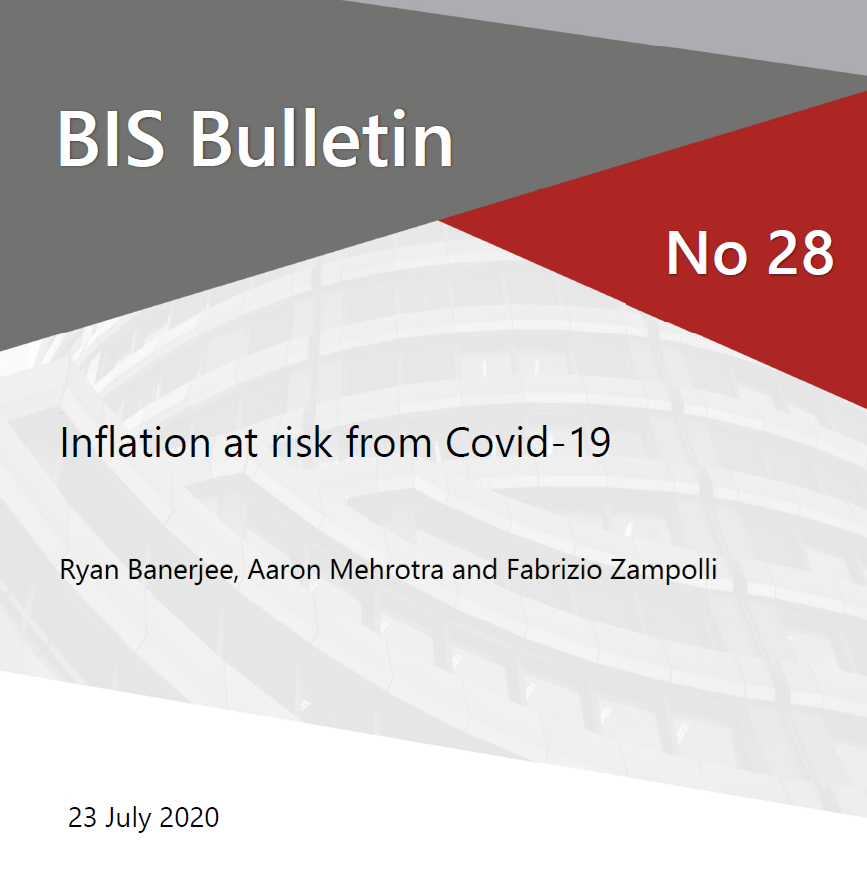
It was a pleasure to moderate this panel on scaling up #blockchains
The session starts at 5:28:50 on the video link below
Here's a short thread on my key takeaways:
The session starts at 5:28:50 on the video link below
Here's a short thread on my key takeaways:
https://twitter.com/ChrisBrummerDr/status/1450146924288528386
Decentralization is motivated by the governance benefits - the idea is that the checks and balances of the community as a whole is the best way to safeguard the integrity of the system and avoid capture by a few powerful entities
But there has been an argument that the price to be paid for this better governance is the lack of scalability
There are two senses of scalability that seems crucial here; the first is the technological one of the time needed to reach consensus on every decision
This is about the laws of physics
This is about the laws of physics
But there is another (perhaps more important) sense of scalability that is about the incentive structure to maintain the protocol as an equilibrium of a game
This is about the laws of economics
This is about the laws of economics
To keep the system working well, the validators need to be rewarded to keep the system humming along; in game theory parlance, the payoffs of the game need to be such that following the protocol is an equilibrium of the game - and a robust one at that
Coordination can be enforced in equilibrium provided that the rewards to the validators are high enough, but we know from the global games literature that coordination is fragile
For instance, this piece bis.org/publ/work924.h…
For instance, this piece bis.org/publ/work924.h…
The hot debates around miner extractable value (MEV) in Ethereum is a more concrete example
In any case, some proposed solutions for scalability look like ways to bring back intermediaries in some way, and to skip on-chain activity
But since the rationale for decentralization is for its governance benefits (the checks and balances mentioned above) bringing back intermediaries seems generate some tension here, to say the least
My biggest takeaway from today's discussion is that technology will only take us so far along this route to decentralization
The incentives of participants seem key to me; it's a social activity we're studying not something from nature
The incentives of participants seem key to me; it's a social activity we're studying not something from nature
One question to ponder:
The rewards to validators are very high currently, as decentralization is in its early stages
The test of the incentives of validators will come when the system matures, rents decline and profits need to be spread more thinly
The rewards to validators are very high currently, as decentralization is in its early stages
The test of the incentives of validators will come when the system matures, rents decline and profits need to be spread more thinly
• • •
Missing some Tweet in this thread? You can try to
force a refresh












